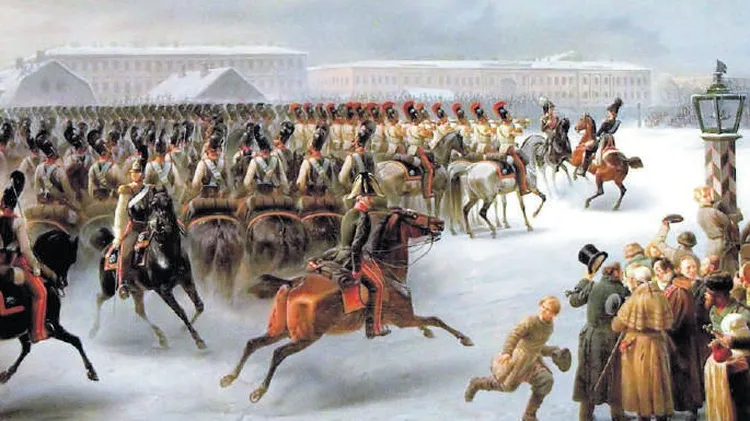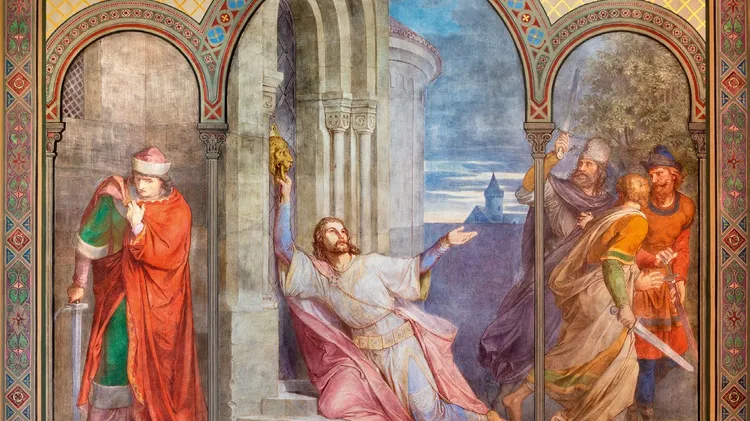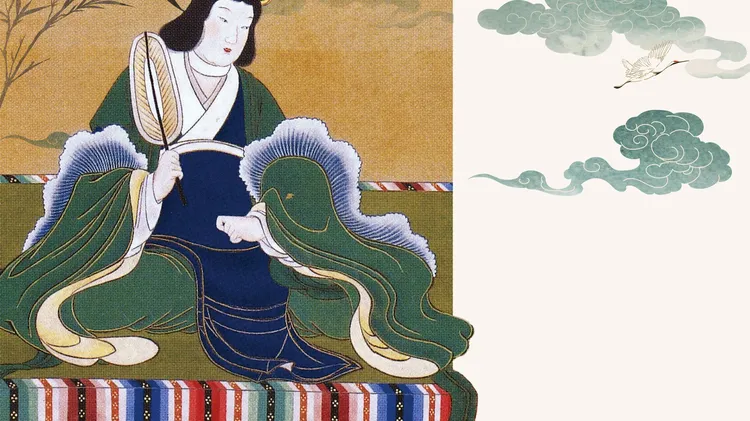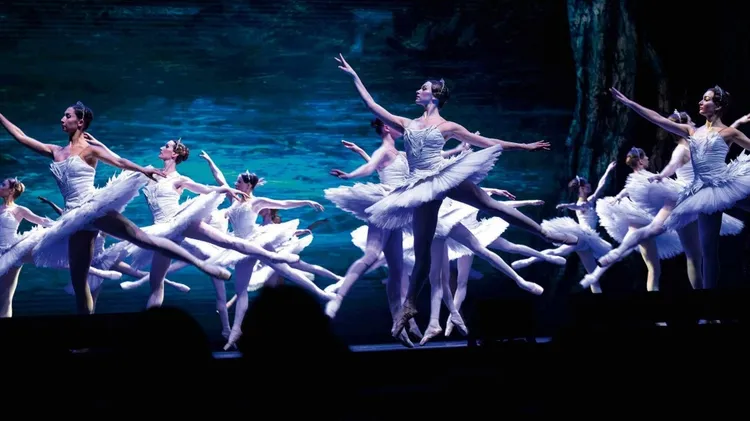A reluctant teenager is placed on a troubled throne
Michael romanov becomes tsar of all russia
1 min read
This article is from...
Read this article and 8000+ more magazines and newspapers on Readly






